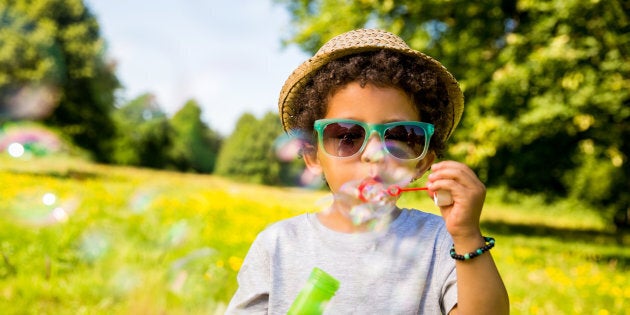
Mr. Golden Sun has finally decided to stop hiding behind those clouds!
And as Canada heads into warmer weather and sunnier skies, it's time to refresh our sun safety smarts before setting the kids free at the park to play all day.
With sunscreen, more is more
Aside from physical coverage with clothing or umbrellas, sunscreen is one of the most important considerations when it comes to sun safety for kids. Skin can burn with as little as 15 minutes of sun exposure, which makes protecting it so important.
"For babies above six months and children, Health Canada standards say to reapply sun protection every two hours," Aleyna Zarras, a skincare expert with La Roche-Posay Canada told HuffPost Canada.
"With children, I say even more because children are more active. They have a higher chance of rubbing off the protection, and their skin is also still developing, so they're more sensitive to the elements."

The Canadian Dermatology Association (CDA) recommends using a sunscreen with both UVA and UVB protection, with a minimum SPF of 30 in order to best protect the skin.
Zarras notes that the SPF of a sunscreen product only covers UVB protection, and so consumers should still be looking for the Health Canada-approved UVA logo to ensure they're getting comprehensive UV protection.
"UVB rays are only 5 per cent of UVB rays, whereas UVA is the other 95 per cent of UV rays, and they cause much more damage to our skin," Zarras said.
Products with the CDA logo on them have been specially tested to meet stringent Health Canada safety requirements, and are both safe and effective for people of all ages.
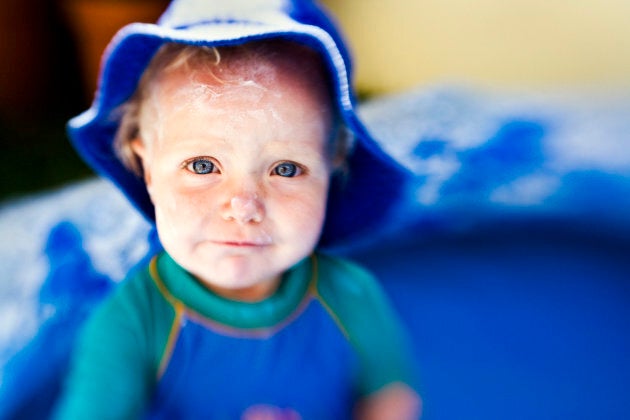
When it comes to applying sunscreen, more is more! It takes at least a shot glass' worth of sunscreen to properly cover all exposed skin, according to the American Academy of Dermatology. Some products on the market leave a coloured film on the skin before completely absorbing, so that parents can see if they've missed any spots.
Many parents like the convenience of spray-on sunscreens for busy-bodied children, but Zarras said most aren't using them properly.
"When you use a spray protection, you always have to rub it in. A lot of parents don't realize that, and they just spray it on and their kid runs off. But you need to rub it in for it to work properly and cover the area well," Zarras said.
Teaching teens how to apply their own sunscreen — and giving them the freedom to do so — can help them actually use it more often.
Hats are key

Another important factor with sun safety for kids is hats.
Wearing a wide-brimmed hat can help to protect the face and eyes from sun exposure, along with the skin on the back of the neck — an area that is often overlooked when it comes to sun protection. Wearing a breathable hat on a hot sunny day can also help your little one stay cool.
Younger children might not like the feeling of wearing a hat, so look for styles that feature a chin strap to help them stay on. Older children and teens might prefer to wear a ballcap as it's considered more stylish, but they should then be very aware of using sunscreen to protect any exposed skin.
Wear sunglasses

Children's eyes are particularly vulnerable to the sun's UV rays, as their ocular lenses are still developing and cannot filter UV light in the same way as an adult's can, Dr. Christine Law, a pediatric ophthalmologist and spokesperson for the Canadian Ophthalmological Society told HuffPost Canada.
"In addition, children may be more sensitive to sunlight as their pupils tend to be larger by nature, allowing more light rays into the eye," she said. Law says parents can protect their child's eyes from the sun's damaging rays by ensuring they wear 100 per cent UV-protective sunglasses along with a wide-brimmed hat.
Without adequate eye protection, kids and teens can experience sunburns of the eye, as well as longer-term damage such as eye cancers, chronic eye diseases, and vision loss.
Keep hydrated
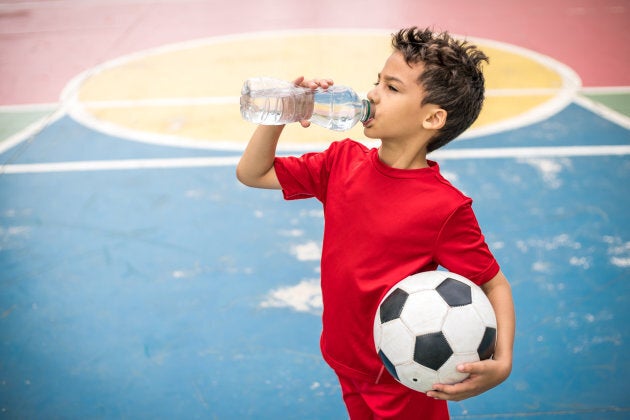
Children and teens might have difficulty pushing pause on playtime in order to hydrate, which makes it important for parents to ensure they're taking in enough fluids.
Besides water, kids can get their fluids from things like popsicles, freezies, and even caffeine-free iced teas. Young children are particularly vulnerable to dehydration, according to Health Canada, and should be taking regular water breaks to help prevent problems.
When to stay indoors
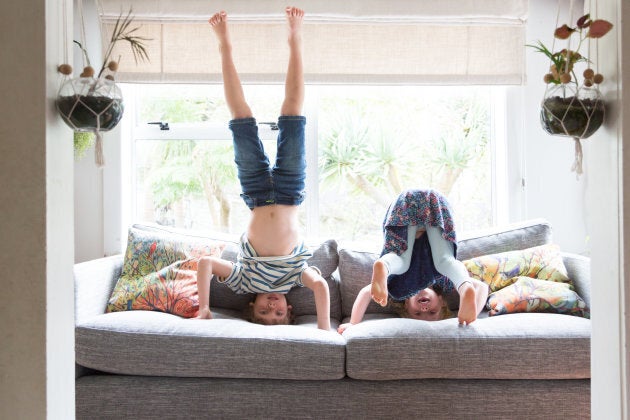
Since the sun's rays are the strongest between 11 a.m. to 3 p.m., Health Canada recommends keeping kids indoors during this time. If you must go out in the middle of the day, ensure your child is protected with a hat, sunglasses, and sunscreen.
Young children should also stay indoors during extreme heat alerts, as they can quickly overheat or dehydrate — which can be a deadly combination.
How much is too much sun?
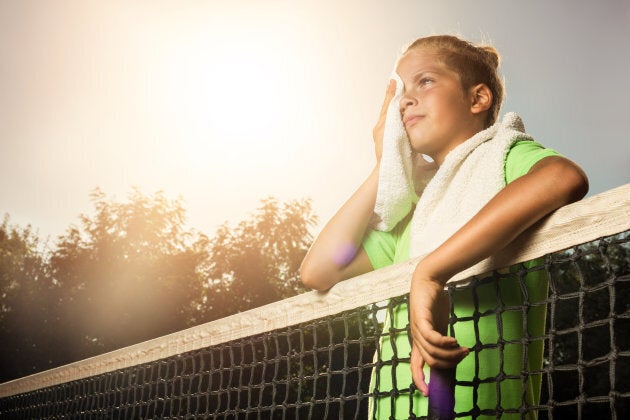
Health Canada advises keeping babies under the age of one out of direct sunlight completely.
Seeking out shade or using umbrellas can help protect you and your little ones. Sometimes though, you can't avoid being outdoors on a particularly hot or sunny day, and so it's important to know the signs of having too much sun.
According to Sick Kids Foundation, signs of heat exhaustion and heat stroke in children include:
- Dry or sticky mouth
- Thirst
- Little-to-no urine output
- Headache
- Dizziness
- Sunken eyes
- Nausea or vomiting
- Lethargy (lack of energy)
If you are concerned your child is suffering from a heat-related illness, get them out of the sun and seek medical attention immediately.
Also on HuffPost: